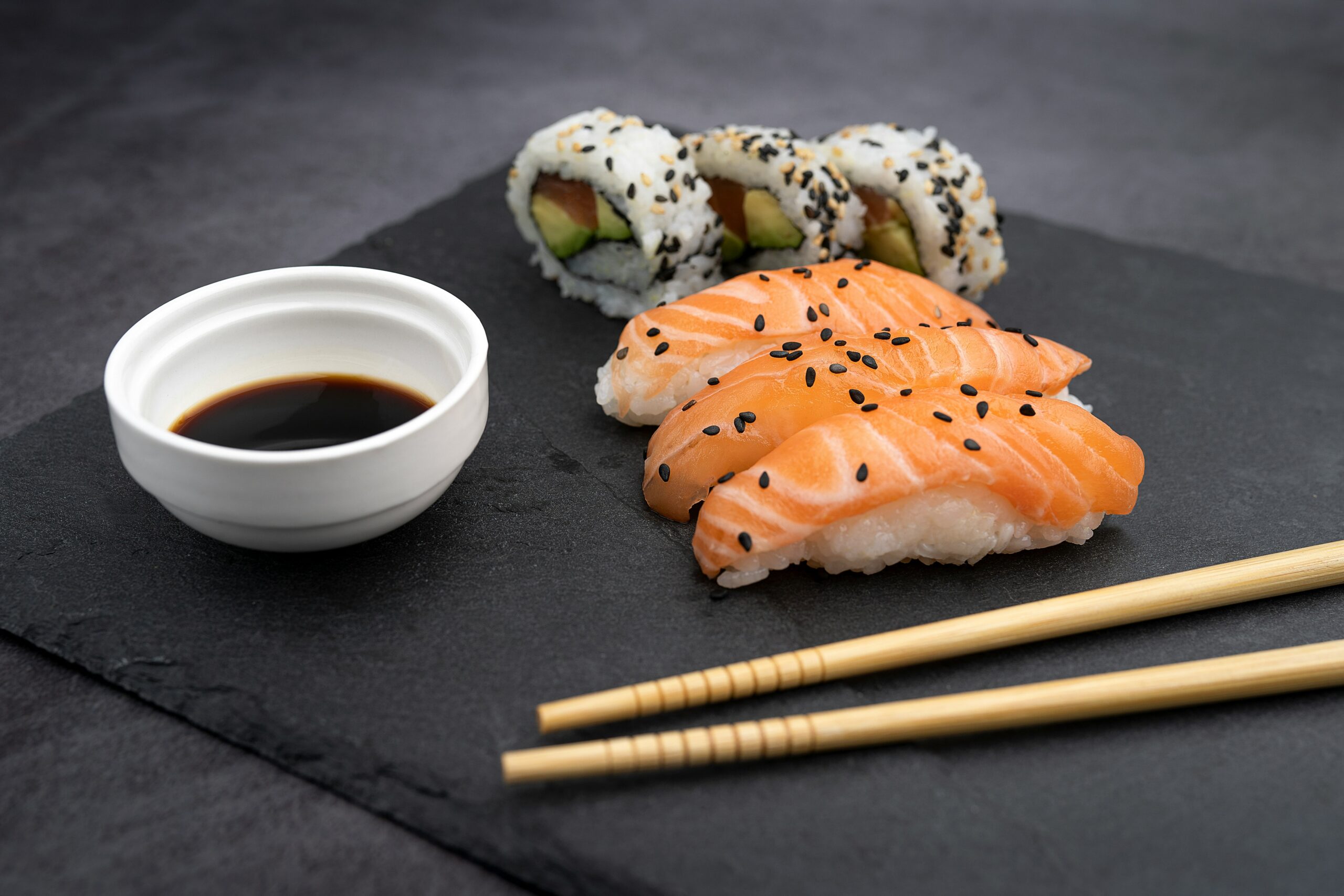
Japanese Food Culture
Japanese cuisine is more than just sushi and ramen—it’s a reflection of Japan’s deep respect for nature, seasonality, and harmony. As Japanese food continues to gain global popularity, understanding the culture behind it can enhance your travel and dining experience in Japan.
1. What Makes Japanese Food Culture Unique?
- Seasonal ingredients (Shun): Japanese cuisine celebrates the natural flavors of ingredients at their seasonal peak. For example, bamboo shoots in spring or chestnuts in autumn.
- Aesthetic presentation: Japanese dishes are often presented with the concept of “五感で楽しむ” (enjoying with all five senses) in mind.
- Umami: The fifth taste, umami, discovered in Japan, plays a central role in Japanese cooking, found in ingredients like miso, seaweed, and soy sauce.
2. Popular Traditional Japanese Foods You Must Try
| Dish | Description |
|---|---|
| Sushi | Vinegared rice with fresh seafood, vegetables, or egg. |
| Ramen | Wheat noodles in a savory broth, often topped with pork, egg, and green onions. |
| Tempura | Lightly battered and deep-fried seafood or vegetables. |
| Okonomiyaki | A savory pancake made with flour, eggs, cabbage, and various toppings. |
| Miso Soup | A traditional soup made with dashi broth and fermented soybean paste. |
3. Dining Etiquette in Japan: Do’s and Don’ts
- Do say “Itadakimasu” before eating – it shows gratitude.
- Don’t stick chopsticks upright into rice – this resembles a funeral ritual.
- Do slurp your noodles – it’s a sign you’re enjoying your meal!
- Don’t pour soy sauce directly on rice – it’s considered poor manners.
4. The Role of Food in Japanese Festivals and Traditions
- Osechi Ryori: New Year’s traditional dishes served in a tiered box, each with symbolic meaning.
- Sakura Mochi: A pink rice cake eaten during cherry blossom season.
- Takoyaki and Yakisoba: Street food commonly enjoyed at summer festivals (matsuri).
5. Modern Japanese Food Trends
- Convenience store gourmet (Konbini food): Affordable yet high-quality meals.
- Japanese-style cafes: Featuring matcha desserts, mochi pancakes, and artistic latte art.
- Fusion cuisine: Combining Japanese ingredients with Western styles (e.g., sushi burritos, teriyaki burgers).
6. Why Japanese Food Culture Is Worth Exploring
Japanese food is deeply tied to its culture, geography, and philosophy. Whether you’re visiting Japan or trying Japanese cuisine abroad, learning about its origins and traditions brings a deeper appreciation for every bite.

